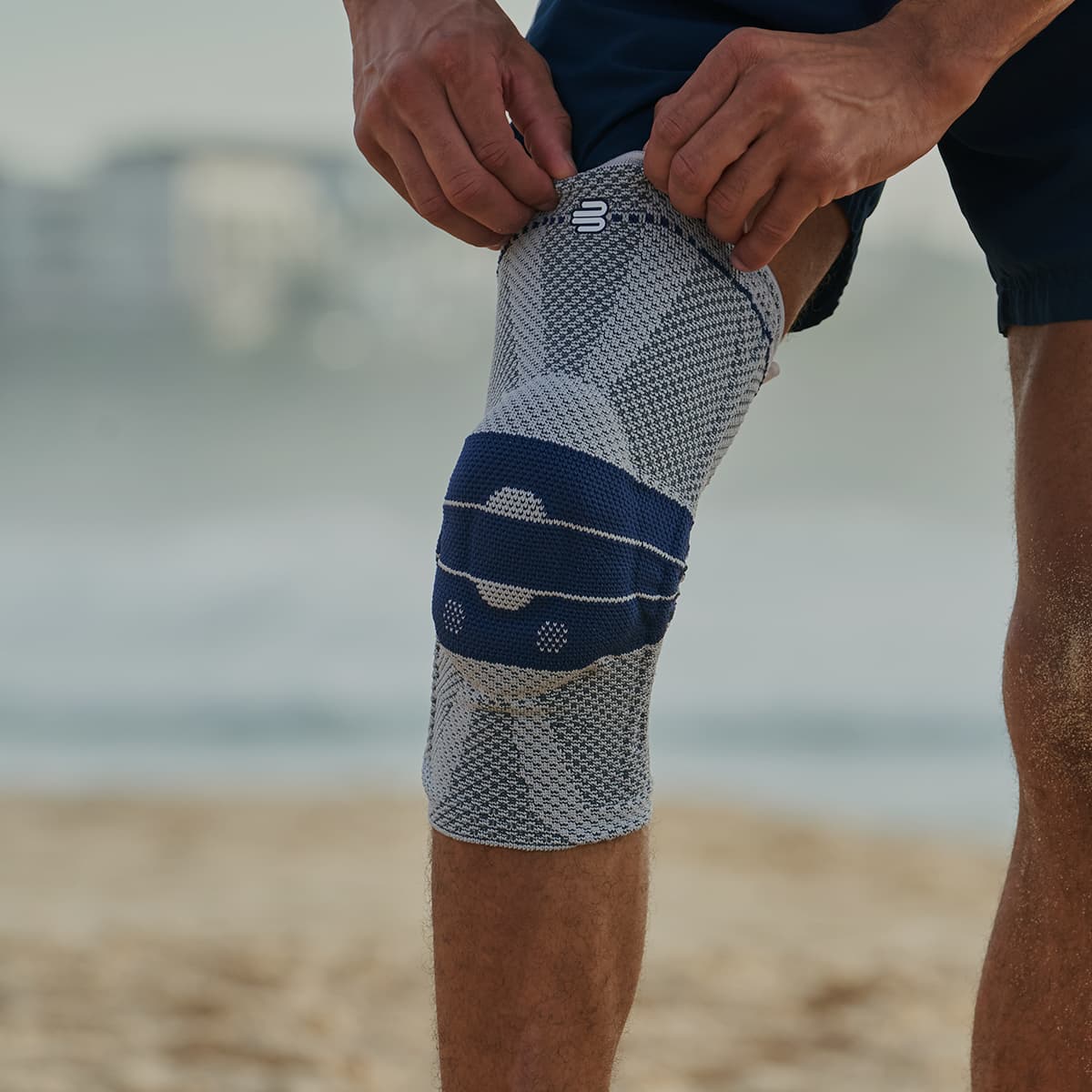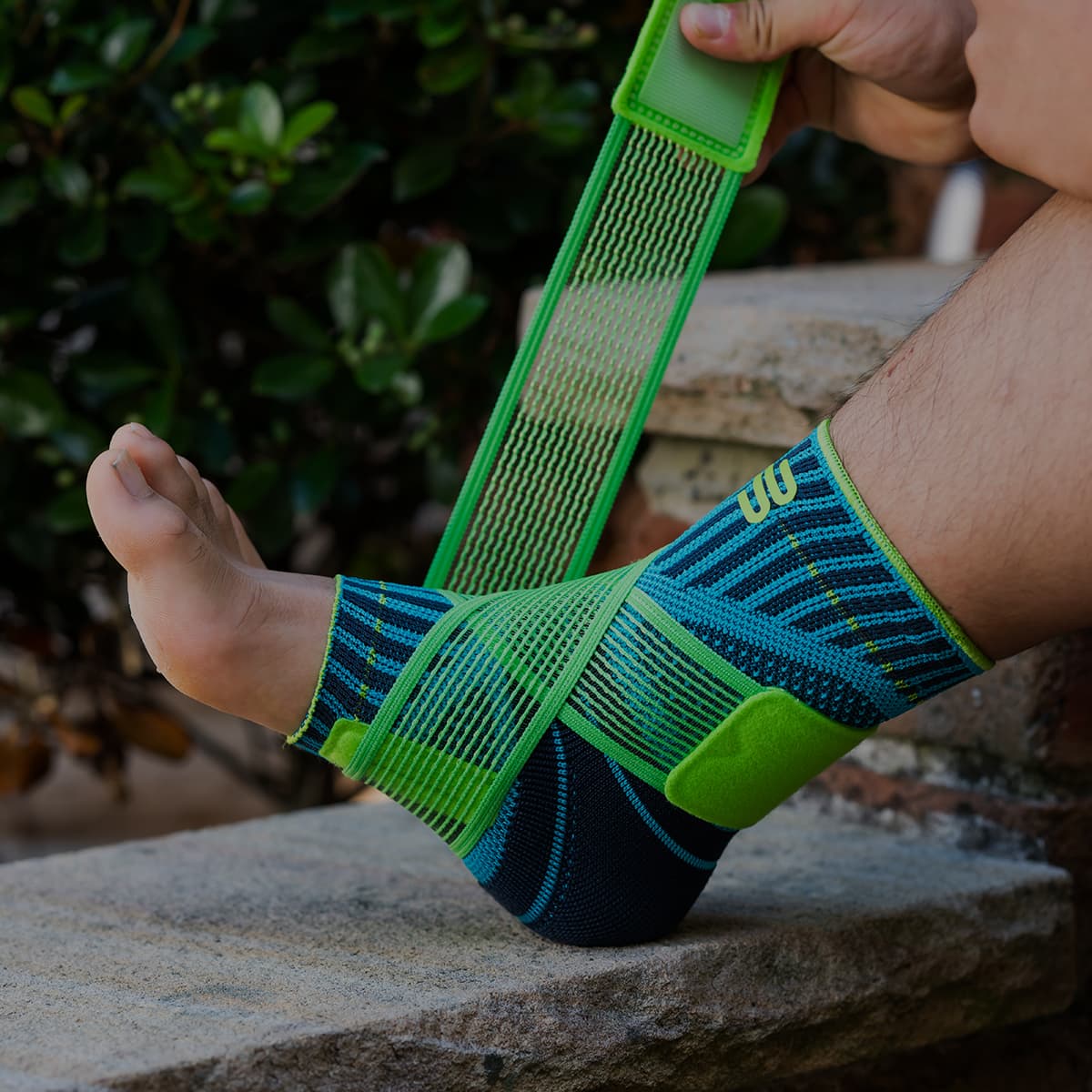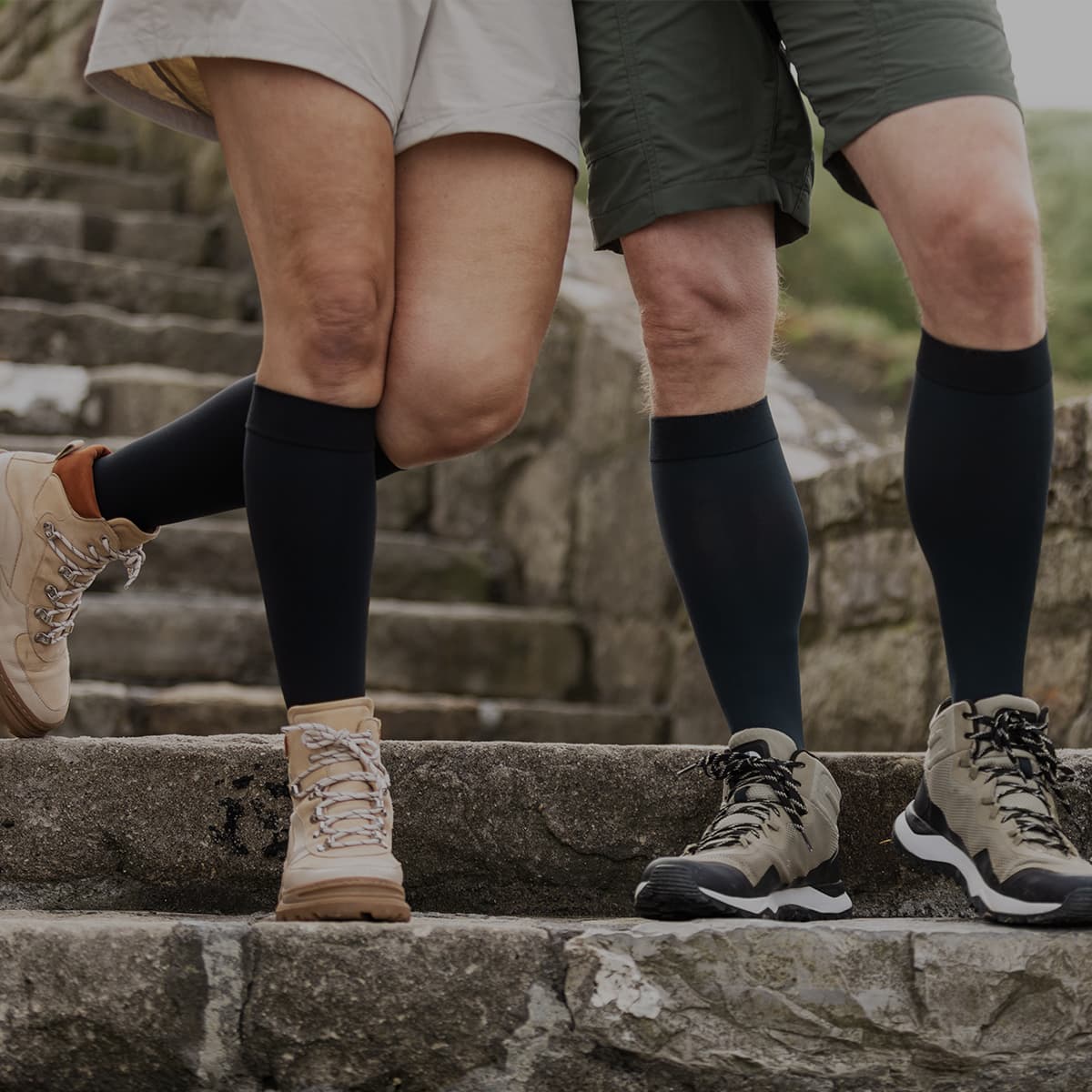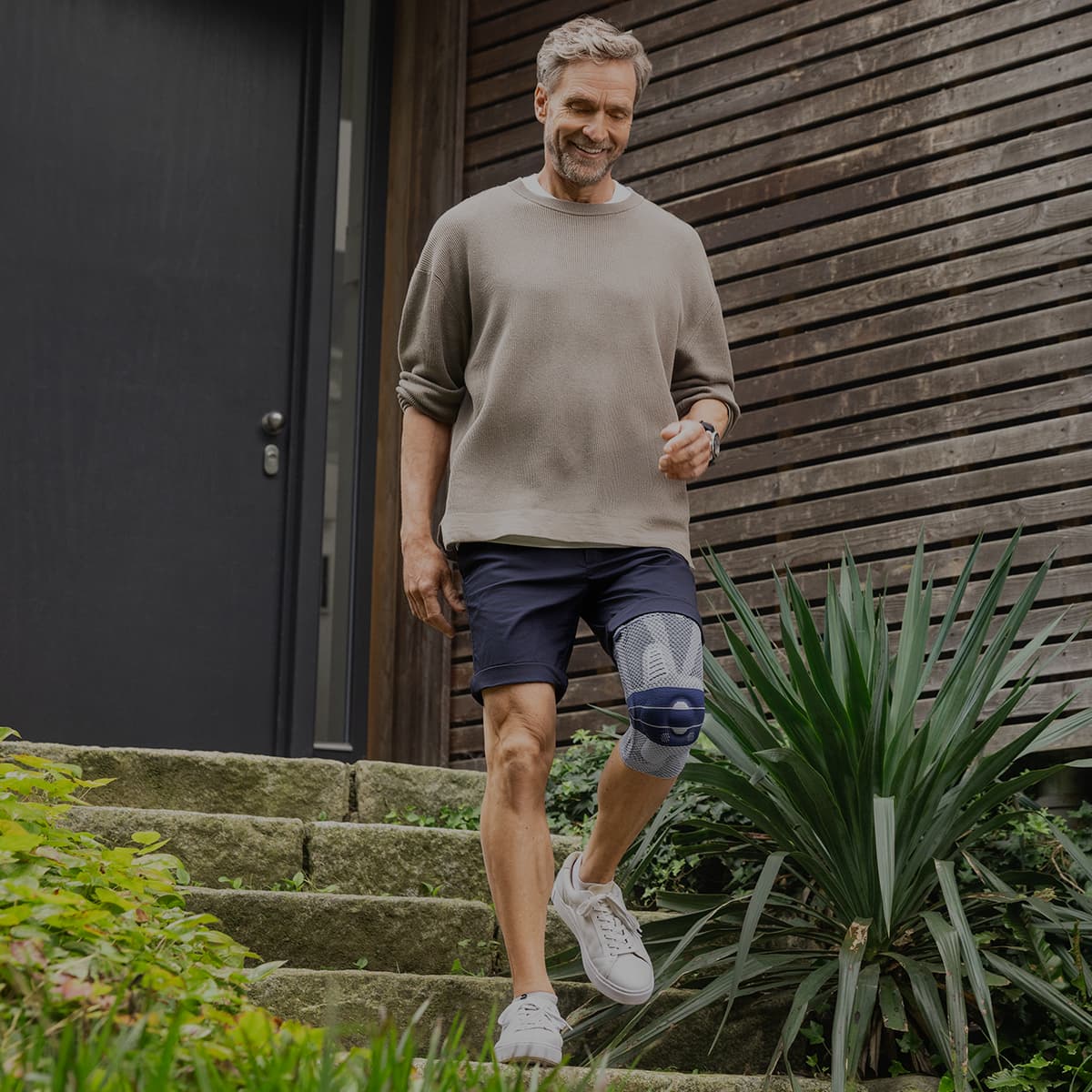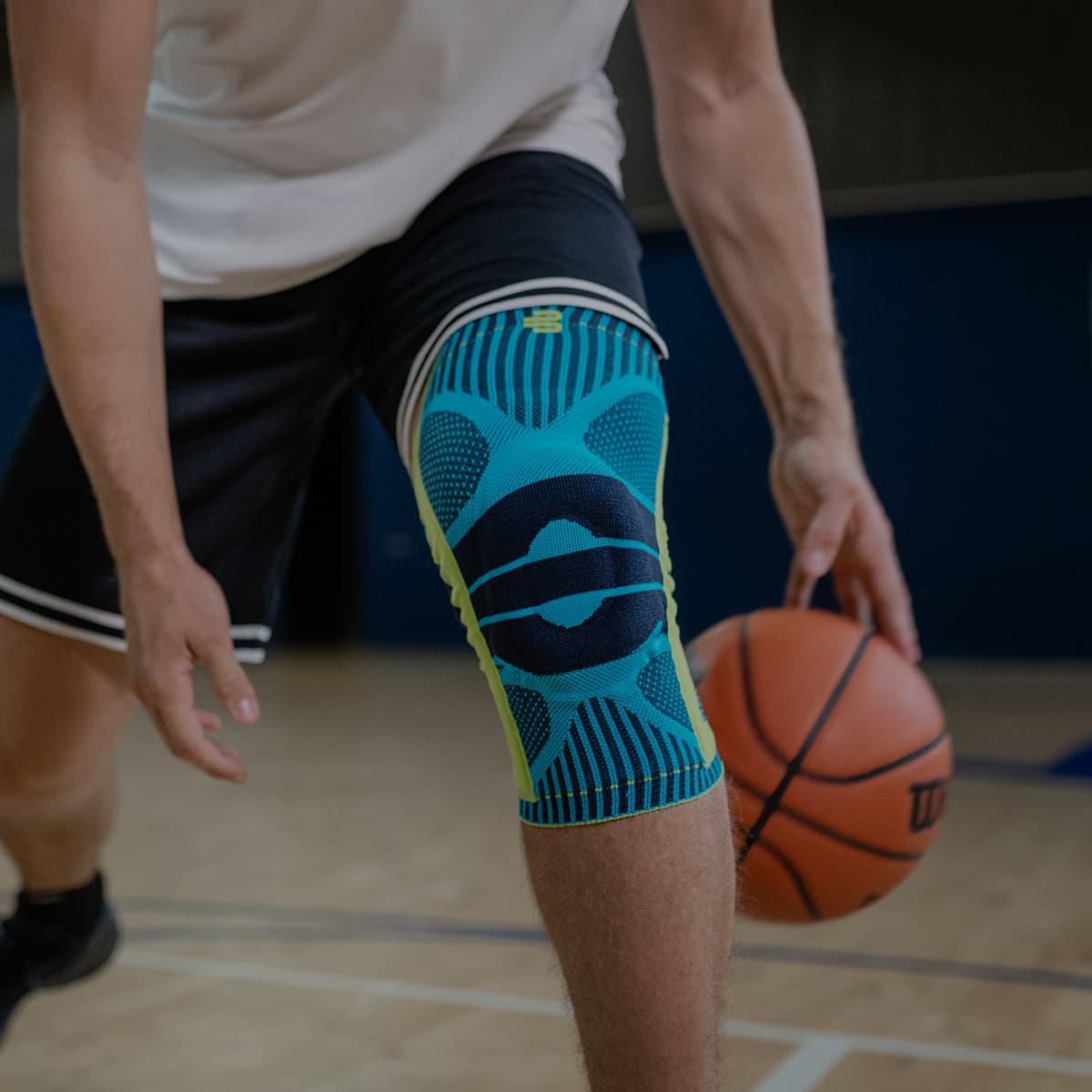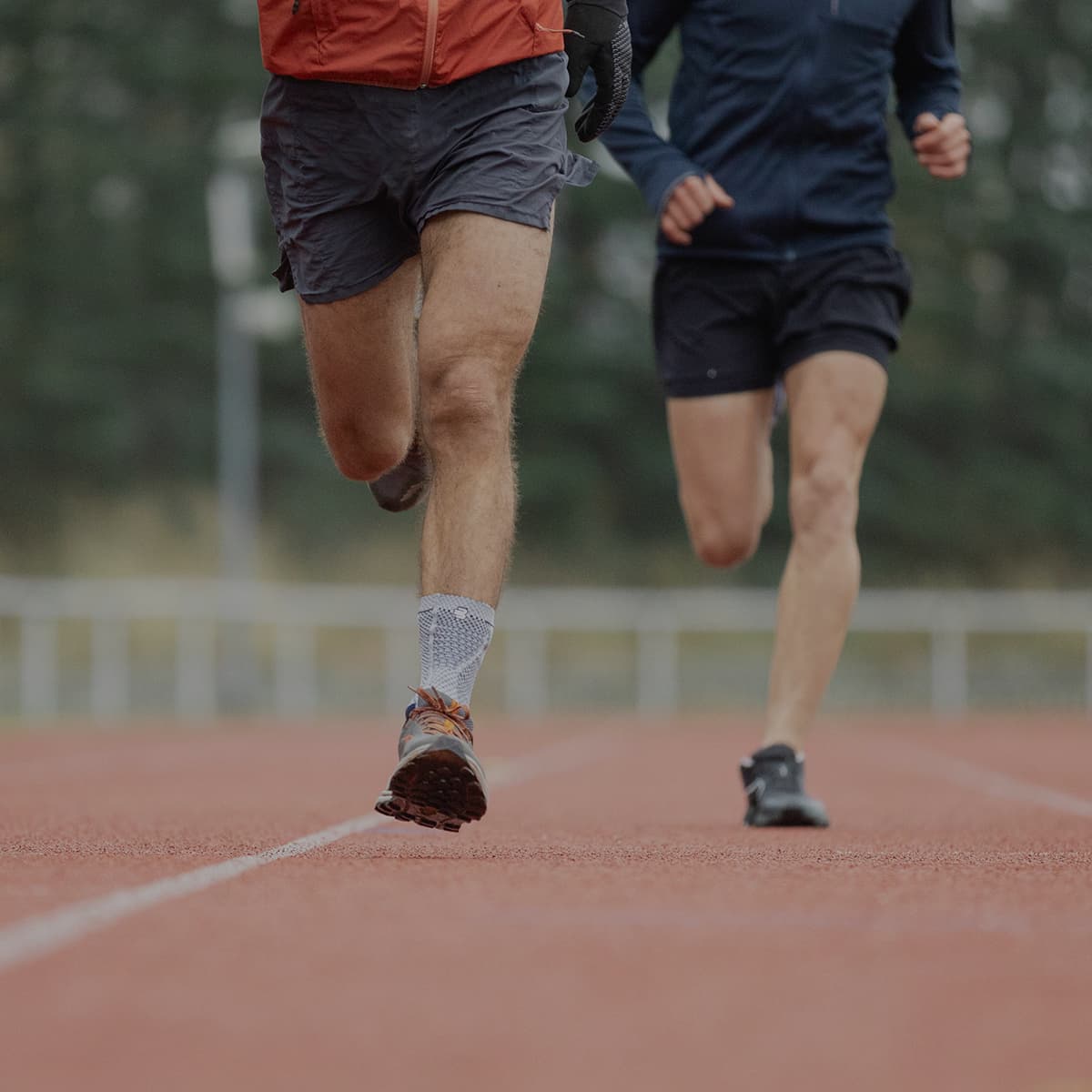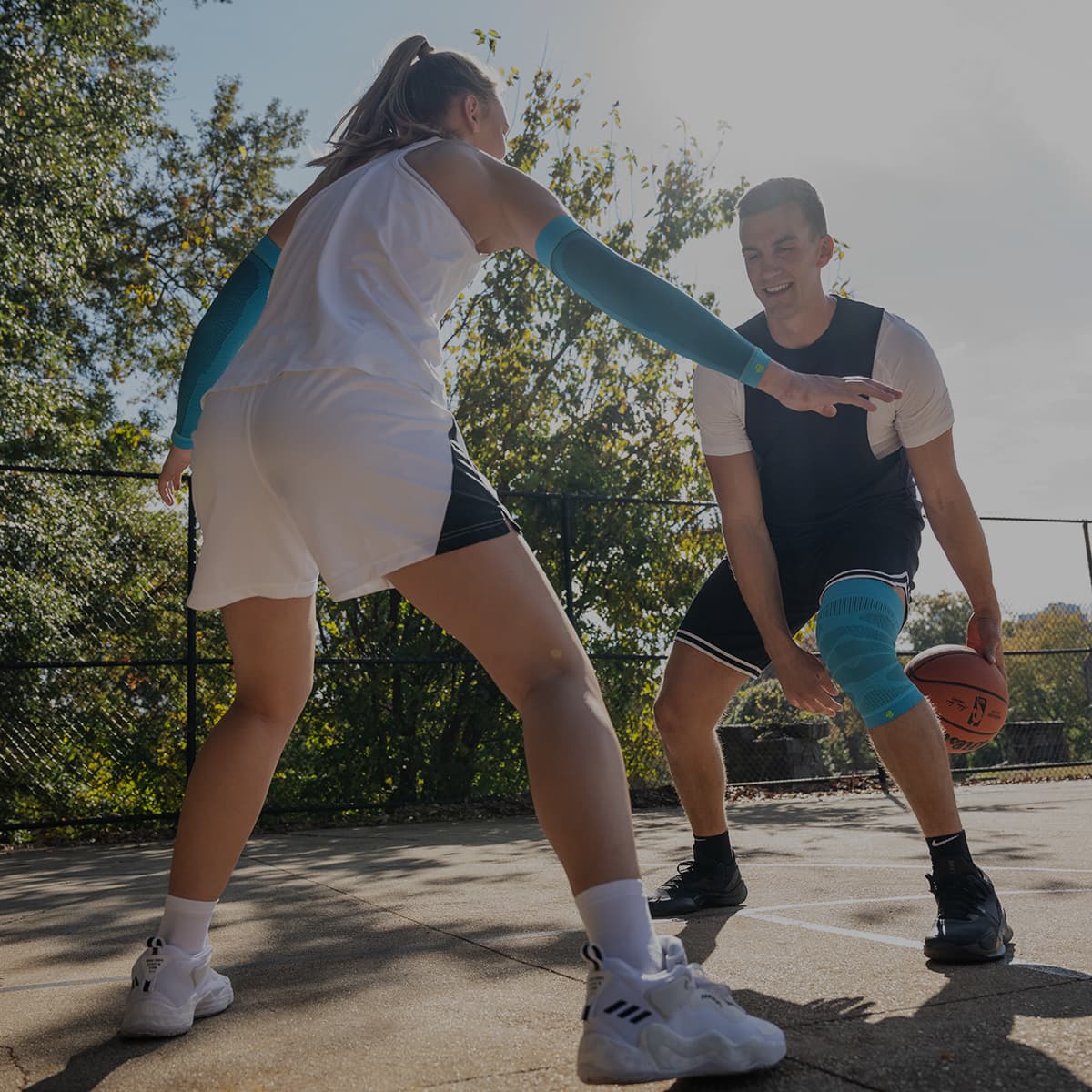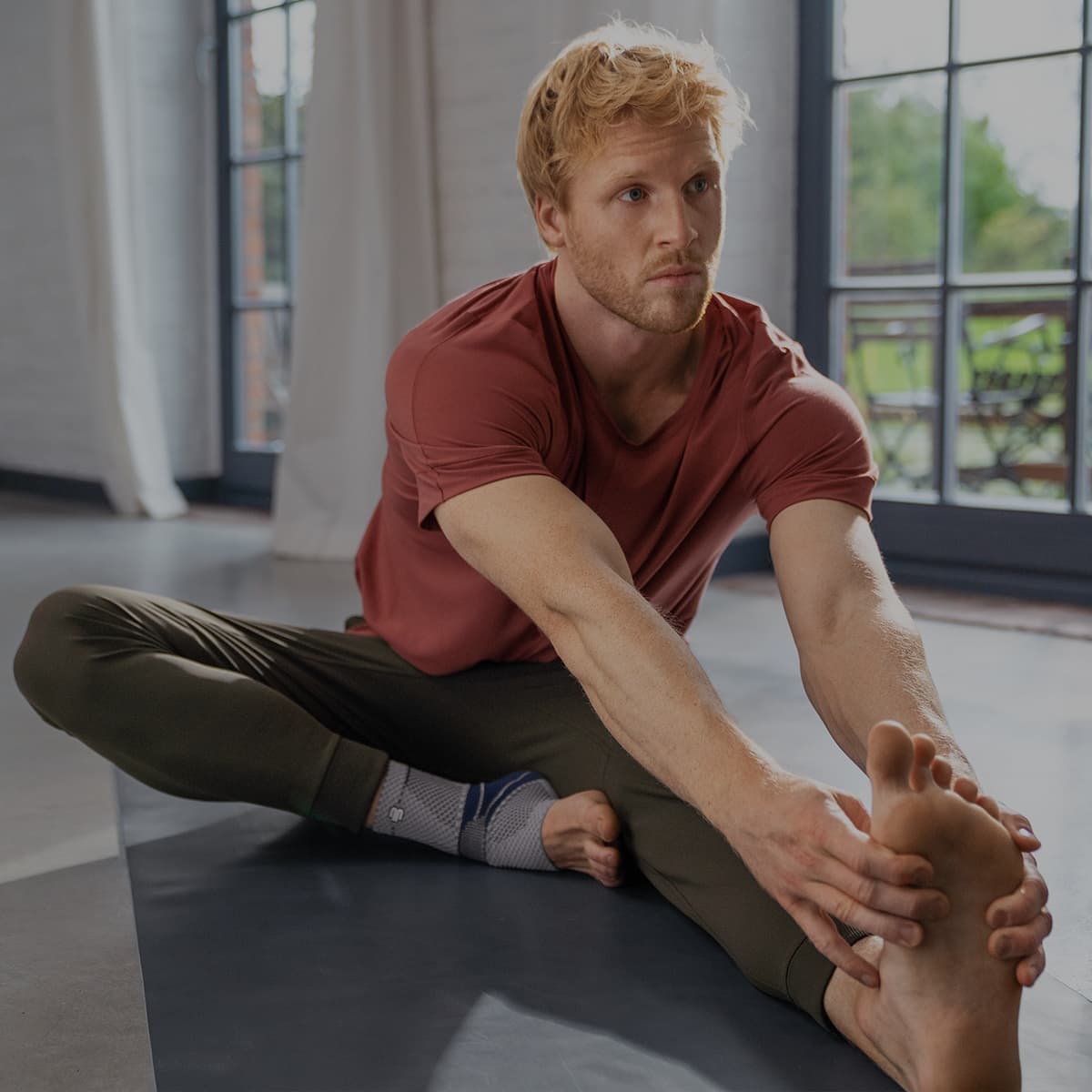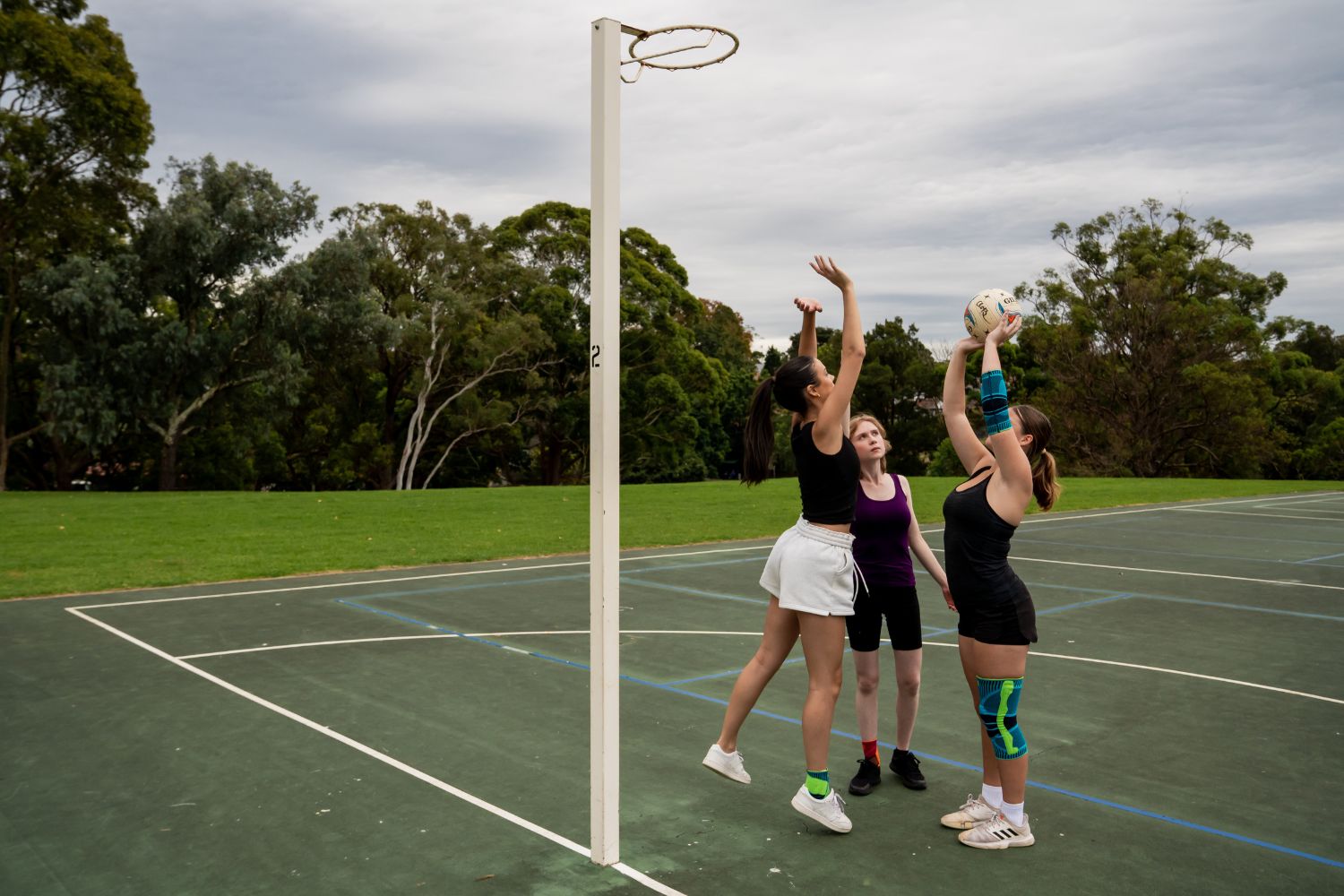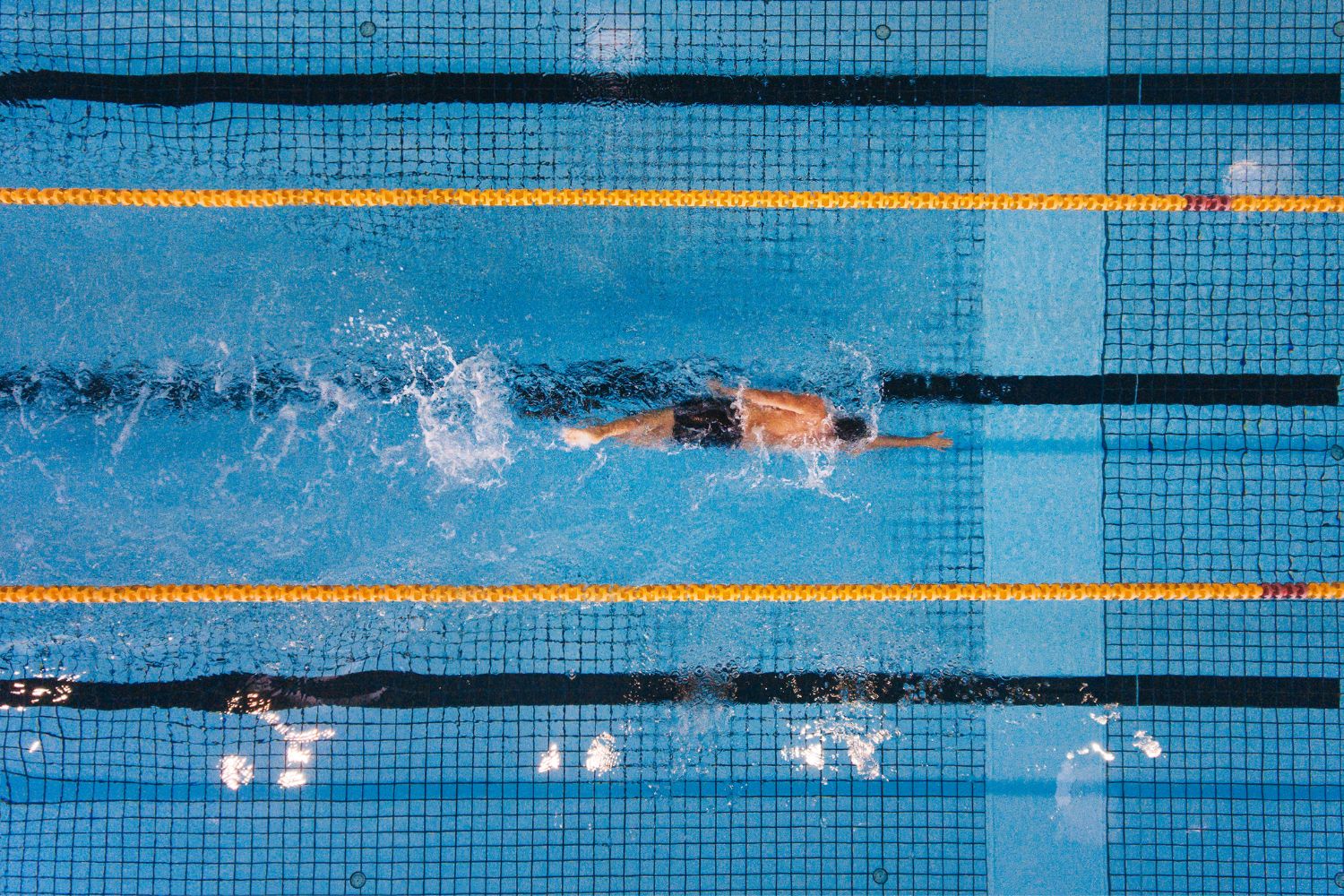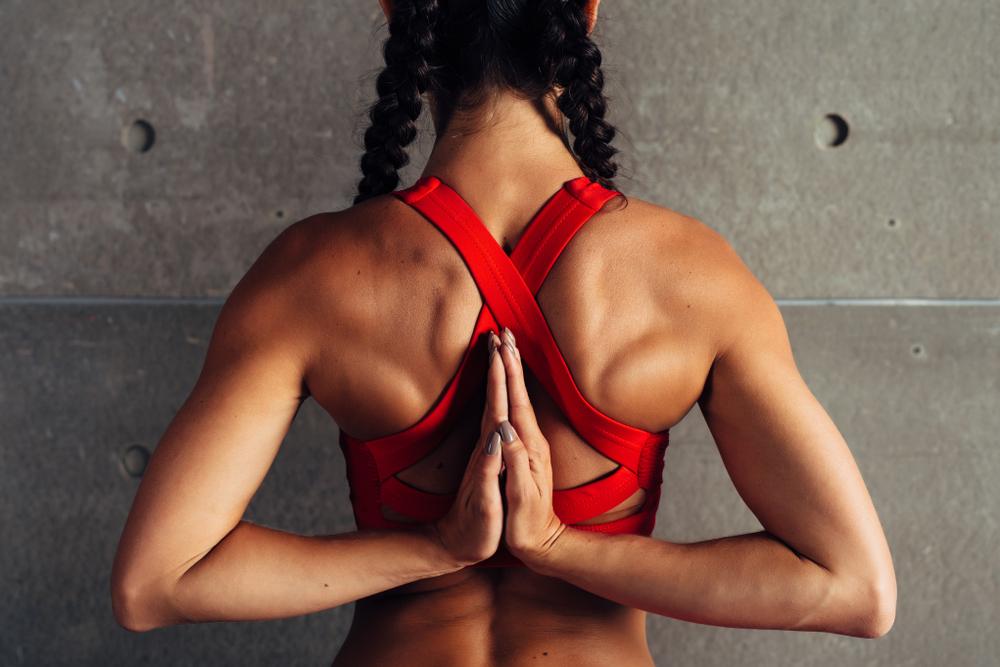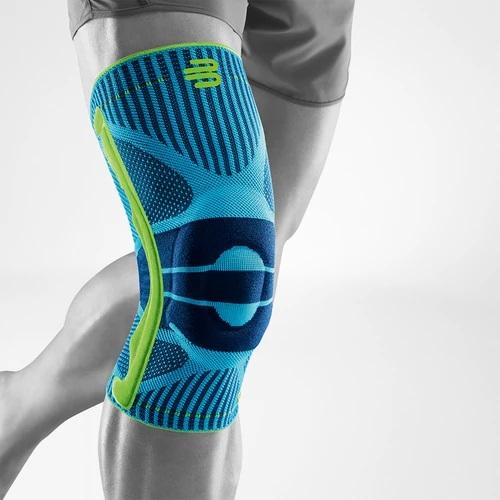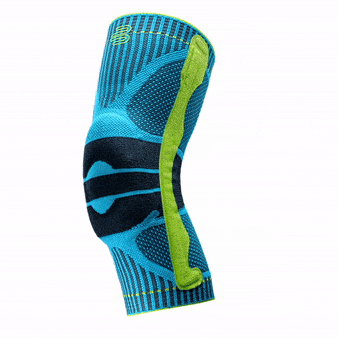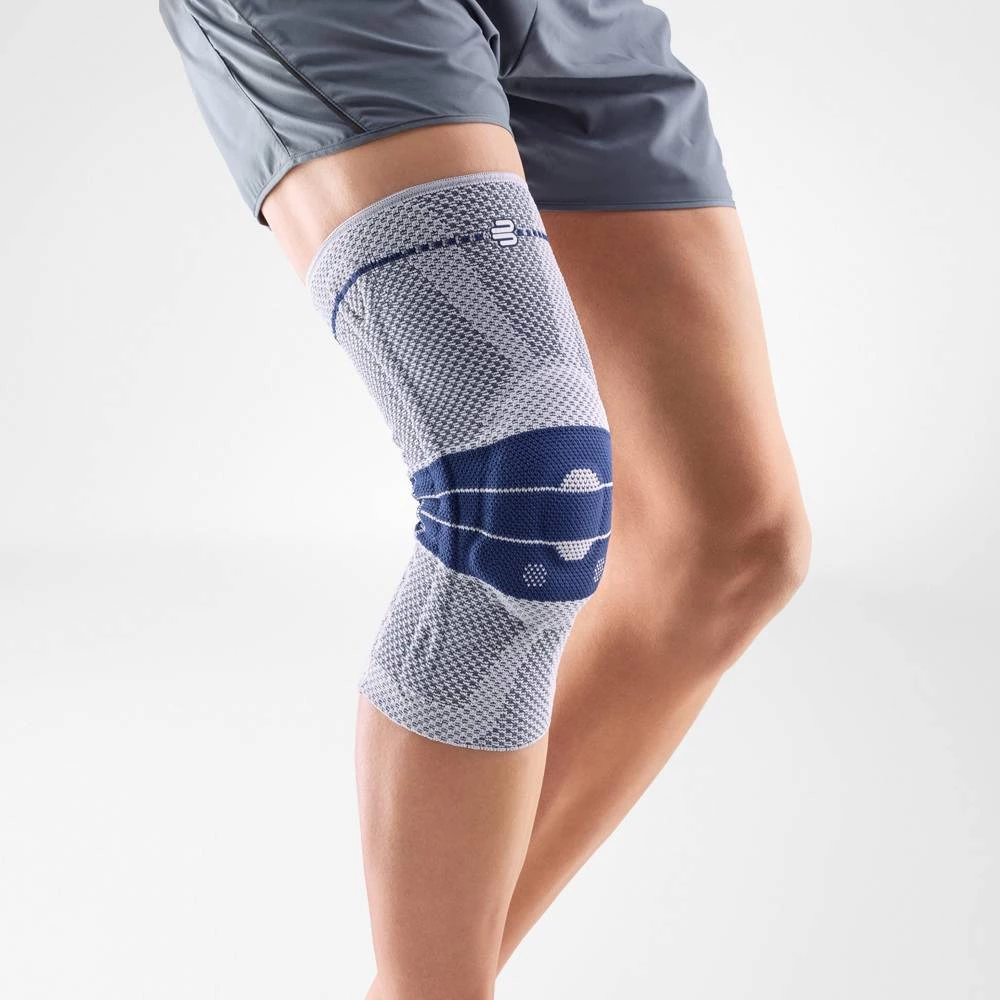Netball is played by over 1.2 million Australians and enjoyed by countless supporters – from parents at the local courts, to enthusiastic fans at the Commonwealth Games. Elite netballers Liz Ellis and Caitlyn Bassett have led the Australian Diamonds to countless victories, and who can forget Sapphires Goal Shooter, Sharon Strzelecki, from Kath & Kim?
It’s the top team sport for people aged 15 to 24, though enjoyed by all ages, and is the leading women’s participation sport. The combination of sprints, throwing, and hand-to-eye coordination makes it an ideal sport for health and fitness.
How Common is a Netball ACL Injury?
Netball involves high speed, deceleration, twisting, and pivoting. These sudden-impact movements are highly risky for knee injuries, including the dreaded Anterior Cruciate Ligament (ACL) tear.
A study conducted by researchers at La Trobe University, Netball Australia and the Australian Institute of Sport discovered that in female sports hospital admissions, the largest number of knee injuries were due to netball (29%). Specifically, injuries were caused by Landing (46%), Running (18%), and Collision (15%).
Esteemed sports medicine doctor, Peter Brukner, jokes that netball was a game “invented by an orthopaedic surgeon”, due to the strain it places on the knee.
But don’t let that make you ditch your bib! A medical-grade knee compression brace, particularly Bauerfeind’s GenuTrain, helps prevent and recover from common netball knee injuries, such as a torn ACL.

What does an ACL injury look like?
Any netballer will tell you that the most common injuries are knees and ankles. 25% of major injuries reported from netball involve rupture of the Anterior Cruciate Ligament (ACL).
The ACL is one of four knee ligaments that provide stability to the knee joint and control excessive knee motion by keeping the thigh bone (femur) and shinbone (tibia) in line. The ACL is commonly torn or ruptured from a twisting motion in the knee when pivoting or landing from a jump.
Common symptoms of an ACL tear include:
- A loud “pop” or a “popping” sensation in the knee
- Severe pain and inability to continue the activity
- Swelling that begins within a few hours
- Loss of range of motion
A feeling of instability or “giving way” with weight-bearing
The former Diamonds Team Captain, Ellis, experienced a horrific ACL tear in 2005, just 6 months shy of the Commonwealth Games. To recover, she had to undertake the required surgery, rehabilitation and a long break from sports.
Liz Ellis put in hours and hours of rehabilitation to get her knee strong enough to play netball again.
“As an athlete, it doesn’t occur to you that bad things can happen, and when it does, you realise that, hang on, yes, they do. After every rehab session, I thought, ‘right, that’s just made my knee stronger’, so by the time I had done that every day for six months, I had mentally tested myself to be as strong as ever.”
If you’re an avid netball player, you need to ensure you’re supported while twisting, sprinting, and pivoting on the court. The healthiest and most effective way to do this is with a proper knee brace.
How to Support a Netball ACL Injury Using Knee Braces
If you are looking for the best knee brace for netball or if your knee is weak, swollen, painful, or recovering from an injury, Bauerfeind’s GenuTrain knee braces and supports will provide relief and stability for the knee joint. They relieve pain and protect the joint without limiting your mobility.
An ACL tear causes tenderness in your knee joint, which also weakens your quads and limits your knee stability. You will be required to wear a knee brace during rehab and recovery. Unlike generic compression brands, when you use a Bauerfeind knee brace for sports, you’re provided with:
- Pain relief
- Secure hold for the knee joint
- Pressure relief for the kneecap and reduction in pain at the meniscus
- Anatomical fit and integrated donning aid
These are achieved through the scientifically designed features of the GenuTrain™, including:
- Donning aid: Makes it easier to put on
- Soft hollow of the knee: Enhanced wearing comfort
- Three-dimensional Train active knit: For the ideal fit and optimal neuromuscular joint stabilisation
- Omega pad: Improves neuromuscular joint stabilisation
- Meniscus wings: Relieve pain
- Hoffa pads: Pressure relief
When walking or running with the GenuTrain, the muscular contractions cause the pressure to rise and fall, resulting in an effect similar to an intermittent compression massage. This stimulates the metabolism and helps to dispel swelling and hematomas more quickly. The support also stimulates receptors in the soft tissue of the knee and on the skin. The surrounding musculature is also activated and effective; long-term stabilisation for the joint is achieved.
This multitude of features is why Olympic athletes, other professional athletes, and physiotherapists use and recommend Bauerfeind braces and supports. If you wish to prevent or are recovering from an ACL tear, visit our website to select the best knee brace for you to promote faster healing, extra stability, and pain relief.

